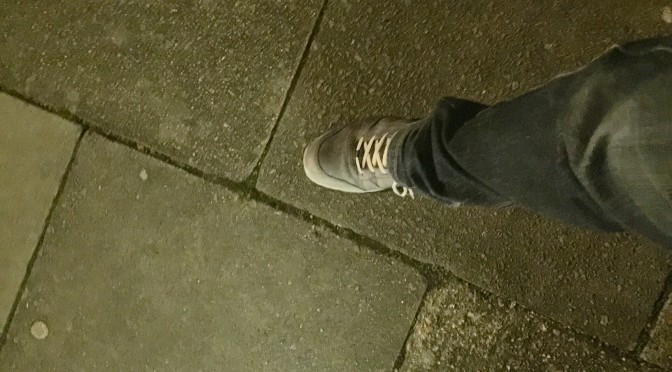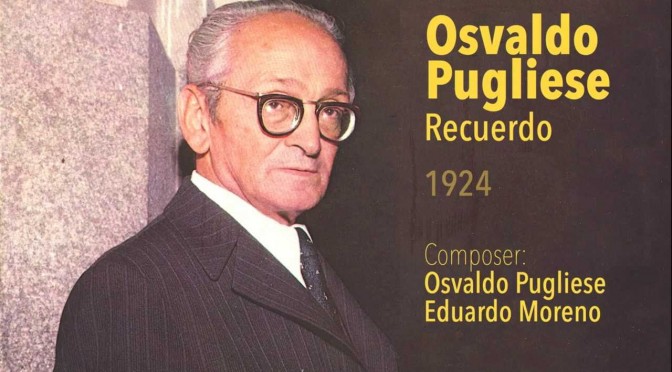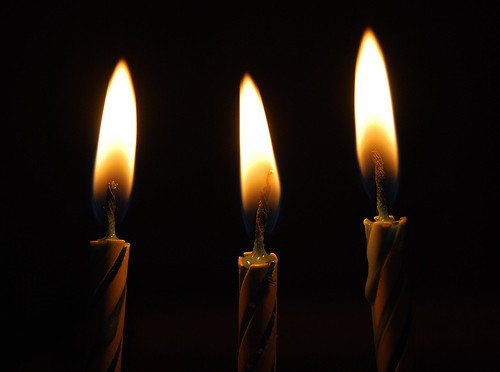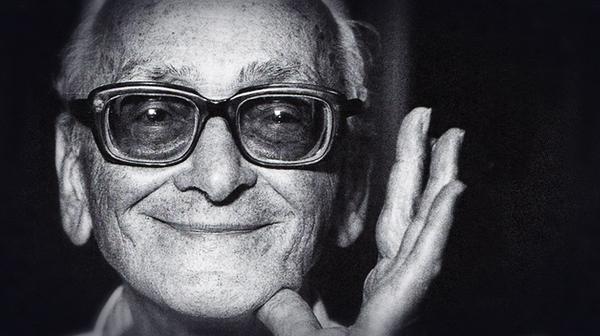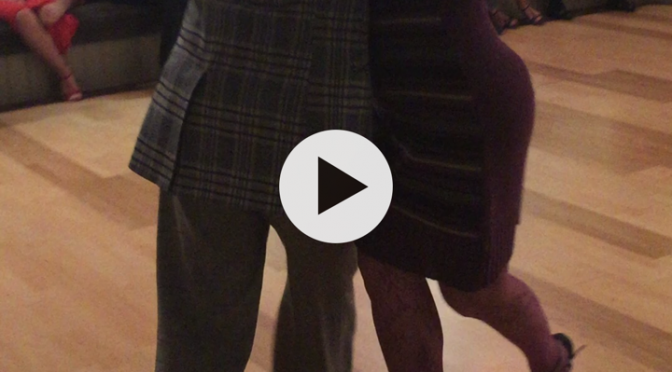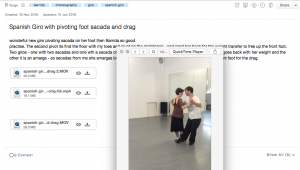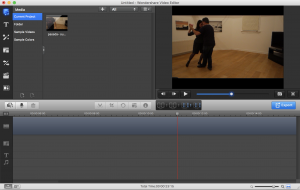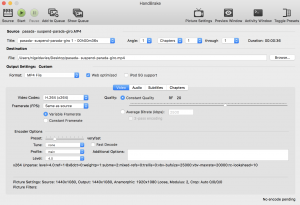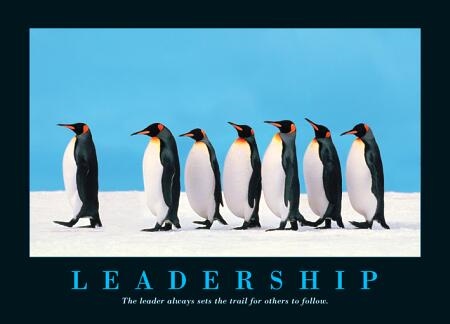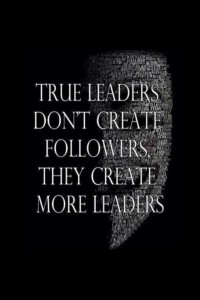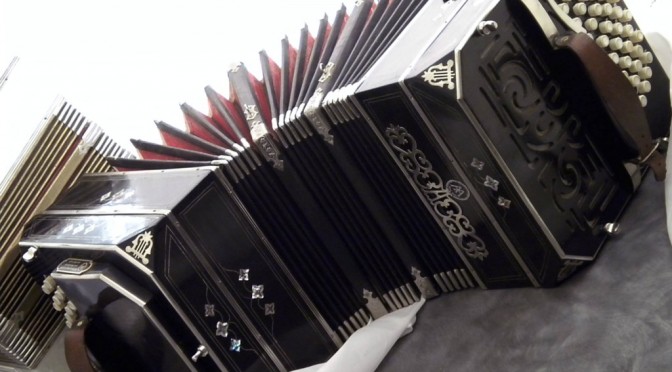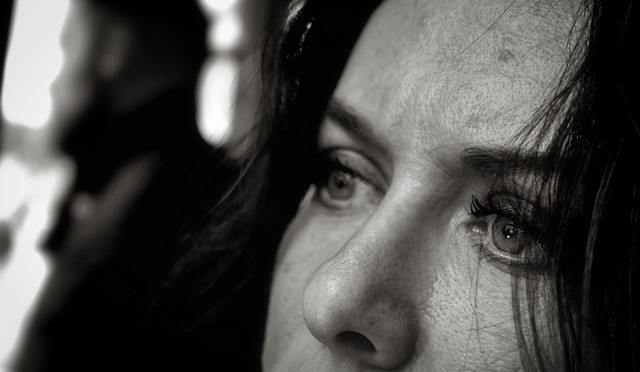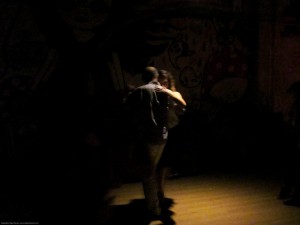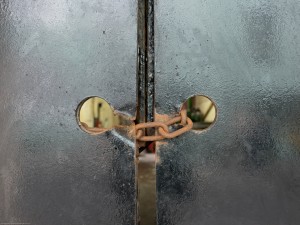I have been studying tango for 3 years and I have to say that for the great majority of that time I have felt woefully inadequate.
But we are students – and surely to stay the course all students need some moments of feeling quite the opposite? That we are getting somewhere. We need to feel that we get it. That we are in with the in-crowd.
We need to feel happy, and when we are completely by ourselves – occasionally we need to feel quietly and modestly smug. That maybe, just maybe, all these years have been worth it. Otherwise why would we keep going, again and again?
So based on my own experiences this evening I present my informal, tongue in cheek and completely free e-workshop on how to feel smug as a tango student.
- Prepare! Do not skimp this part. We need as a minimum..
- Michael Lavocah’s Troilo book
- A Spanish dictionary . Pen and paper
- Two types of tomatoes, a bay plant, Pasta with Organic written on the packet ( I know it tastes the same but smugness at Tango is an ephemeral thing with no possible grounding in reality – just like organic pasta )
- Your very favourite pre dinner cocktail
- The wine that you just love
- A cheerful plastic duck
- A robot vacuum cleaner
I am assuming that you have a great sound system, some way of curating playlists and if your phone rings a lot you can unplug it. Mine never rings so I am fine on this one.
Thats all you need.. ish.
And yes – I am afraid that it simply does have to be Troilo. Pugliese is too obvious – anyone can feel inspired by that – D’Arienzo is not complex enough and anyway too fast for a bath – Di Sarli is too predictable and consistent – everyone enjoys Di Sarli.
Troilo is just perfect – Troilo versions of everything are just better and only really in people get Troilo. Perfect for smugness.
So here are the steps that lead to you feeling encouraged and pampered in the face of all of this external examination that is the reality of learning tango..
The context
You need to go to a Tango festival and come back both tired and happy. This is actually very achievable and again is not often taught well. Simply drink lovely wine when you aren’t getting dances and then stay up too late. You need to have a journey home to feel a sense of adventure, but arrive back when the shops are open or you cannot prepare properly. Short flights are of course ideal. Especially if you are hung over, which you should be as based on my limited experience there never seem to be enough great dancers just desperately waiting to dance with you …
General Preparation
- If you don’t know any Spanish at all learn a few words that will help you to feel smug when you recognize them while listening to Troilo. Arcane knowledge is sometimes hard to win but in this case just learn triste, corazon, quiero verte una vez mas, labios, recuerdo, tarde, gris, nunca, pena, barrio, muchacha, no importa nada … it won’t take 5 minutes and that will get you through almost all of the tango world.. if you need to do so then by all means write them on a crib sheet for future reference..
- More advanced students – learn one line from the Troilo song that is second on your playlist. You will be nicely warmed up by then. This evening “Y hoy es tu voz que vuelve a mi en esta tarde gris” worked perfectly for me..
- Go shopping in some artisan shops for your ingredients – in my case chorizo, tomatoes, really obscure and stupidly expensive olive oil and my favourite wine. Whatever you choose .. you need to be able to make something wonderful that allows you to be in the bath listening to Troilo for as long as it takes before you even have to look at the oven. For me fresh tomato sauce for Pasta makes perfect sense. Simple, artisan, indulgent, approximate in it’s quantities, undemanding of talent or attention, wholly unnecessary and just lovely!
- Make sure that you have head rests for the bath, and a shelf to put your drink on. As Tango students we know that the body has some wonderful structures and spirals – one of these lesser studied ones is that if you drape your arm over the side of a bath and then bend your elbow your hand will be perfectly in place for you to sip a drink without moving any other muscle. This is very important for recharging Tango students. There is something very smug indeed about this gesture. Precisely arrange your drink and your head so that this is completely effortless. Repeat often.
- Read a few pages of the book and memorise something that sounds arcane – “ah – the beauty of Goni’s left hand” is just perfect in this context even though it would be dreadfully pretentious to actually say such a thing in company … but this evening no-one else is going to hear you …
- Have some genuine story in mind that is relevant to your own playlist. For me this evening the true life against all odds happy ending of the Gricel story was very appropriate. Makes you feel so knowledgable and smug when listening to all that sadness .. . plus the fictional ( alas ) thought that now I will dance it better..
Immediate preparation
- Assemble whatever you are making in a nice dish and do so with artistic confidence. Raise the olive oil bottle unnecessarily high when dribbling it over, double the amount of garlic because you can, and ignore measurements like two teaspoons of red wine vinegar. It will help you feel smug to just chuck it on with the air of the accomplished chef. Put it in the oven and set a phone timer so you don’t have to think at all. Having to think about such things as cooking times is for other evenings and detracts from a sense of artistic abandonment.
- Run the bath, ideally adding some lovely bath salts that were a present from someone of the opposite sex. It doesn’t matter at all whether you still like them – you will feel smug either way ..
- Make that drink. Chunky glass please – large ice cubes and lime not lemon. No-one feels special with lemon for heavens sake.
- Apologise to the plastic duck for neglecting them for so long and say “weee” or similar as you push him around the still running bath. Strangely this helps you to feel human and compassionate…
- Turn on the robot vacuum cleaner. Two small but important details – firstly it needs to be far enough away that you can only just hear that it is working hard on your behalf during the quieter parts ( this of course would be Goni’s right hand… yes !! ). Secondly it needs to be a room that is actually already perfectly clean. This really helps the smugness factor. I have no idea why.
- Make sure that your Sonos controllers are to hand so you can adjust everything in the sound as needed without getting uncomfortable …
- Get in the bath – with a perfectly clean towel as a headrest. Under no circumstances use one you were about to wash to be economical and sensible. Such behaviour is for other days..
..
Now just loose yourself in Troilo. Recognise those few words you know, whisper along to that one sentence that now you actually understand – be absorbed by that left hand.. hear the story.. place the year ( hint – 1941 is a good bet – and almost no-one else is going to know any better ).
Because in truth what you really need to feel is that you have spent years working on something that is truly wonderful. And surely relaxing your aching muscles in a lovely bath with a super drink and your very favourite Troilo songs enveloping you and promising you so much more to come is going to set you up for the coming months of hard work?
As lost individuals we need to feel the support of these amazing musicians down through the decades. We need to hear their own voices as human beings, to understand their own stories.
Truly relaxing with them and feeling that some progress is indeed being made in our own small Tango story helps us to understand each other – maestro and student. We feel closer to them as we soften up, let ourselves go and feel encouraged to learn more.
This is all so hard – we so desperately need them. So be smug, let yourself relax, lower the barriers, be well prepared, listen hard and just let them in. Sometimes we just need to feel right – for a change.


